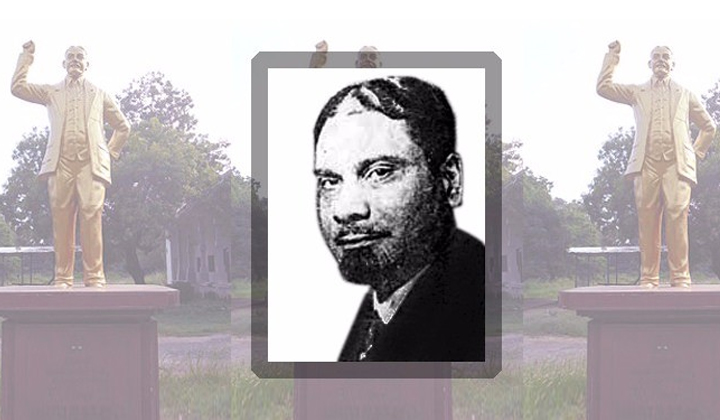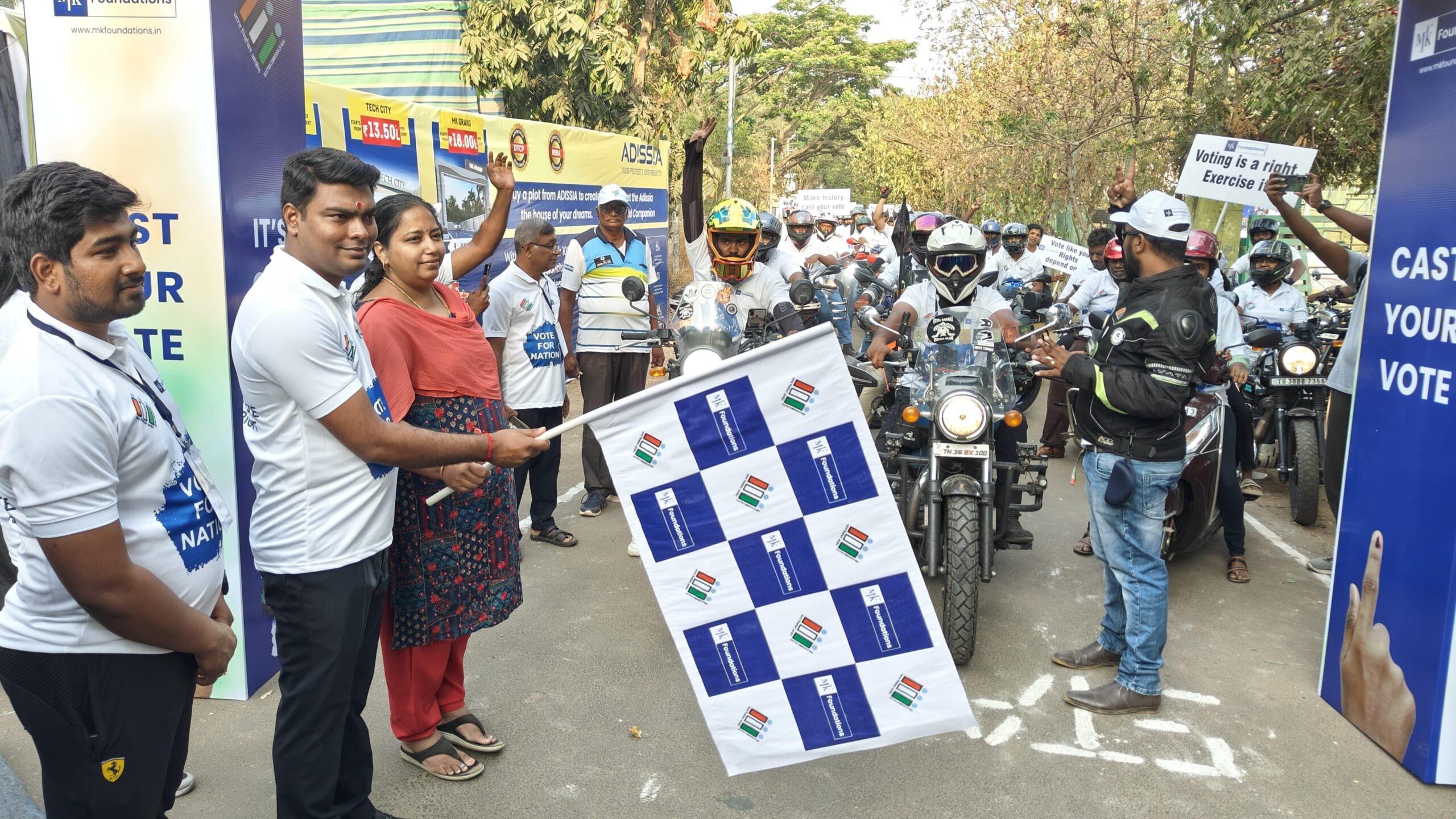Trending Now
- IPL 2024 begins with a bang. First contest between CSK and RCB.
- Election commission allots mike symbol to Naam Thamizhar Katchi
- AIADMK promises to urge for AIIMS in Coimbatore, in its election manifesto.
- Ponmudi becomes higher education minister.
Columns
Did a Tamil man from Trivandrum mastermind the bombing of British Madras during World War I?
![]() August 17, 2016
August 17, 2016
Legend has it that Chempakaraman Pillai coordinated the attack from on board the SMS Emden as it made its way to the southern city.
On September 22, 1914, as the residents of Madras prepared to turn in for the night, a German ship sneaked into the waters just off the East India Company’s headquarters in George Town and brought World War I to its shores.
The SMS Emden, piloted by Captain Karl von Muller, approached Madras aided by the city’s lights. The operation was particularly dangerous as British warships were likely to be in the harbor and Fort St George’s 5.9-inch guns could have easily wrecked the light cruiser.
“The crew planned carefully, so that the Emden’s fires would hit only the Burmah Oil Company’s storage tanks or the city’s shore batteries,” writes Randall J Metscher in the European Powers in the First World War: An Encyclopedia.
The ship fired approximately 130 shots at its targets and slipped away into the darkness.
Metscher writes:
“The Emden stopped engines about two miles from the harbor entrance, turned on her searchlights and commenced fire. Her shells quickly set fire to the large oil storage tanks and scored some hits on the shore batteries. Answering shells failed to find Emden, and she escaped unscathed.”
Captain Muller achieved what he wanted. There was panic in Madras. People fled their homes, looting ensued, and the police had to be brought in to restore order. Though the Emden didn’t inflict heavy damage, which it easily could have, and inexplicably retreated to deeper waters, the story of the big German ship that bullied Madras lives on in Tamil and Malayalam lore. Even today, 100 years later, a domineering character or a well-built person is referred to as an Emden.
The Tamil mastermind
The ship’s dramatic attack and siege were ample fodder for an inordinate amount of myth-making, the foremost of which was the story of Chempakaraman Pillai. Legend has it that he was the key man in the bombing of Madras, and that he coordinated the attack from on board the Emden with Captain Muller. Though this story is difficult to prove, and has been challenged by Madras chronicler S Muthiah, Pillai’s family still claims that he was aboard the German ship on that fateful night.
And yet, even without this incident, the story of Pillai’s life is an extraordinary tale that deserves to be retold.
There are precious few documents that can give us a complete picture of the man, but there is just enough to piece together a life story that moves from Trivandrum to Italy to Switzerland to Germany, with a mention of Afghanistan thrown in.
Early years
Born to a Tamil family in Trivandrum in the princely state of Travancore, Pillai was inspired in his youth by Lokmanya Tilak, and grew up thirsting for freedom.
As a young adult growing up in Trivandrum, he came into contact with Sir Walter Strickland, a British aristocrat, who arranged for him to travel to Europe. Pillai travelled with Strickland to Italy from where he went to Switzerland and finally to Germany, where he would spend the rest of his life.
The pro-India committee
In 1914, as Europe teetered over the edge and into war, Pillai came into prominence.
Like Netaji Subhash Chandra Bose did years later, many Indian revolutionaries abroad attempted to get Germany to back them in their fight to secure India’s Independence. Pillai was one of them.
In his 1992 book Europe and India’s Foreign Policy, Verinder Grover writes:
“When the first World War broke out, Indian revolutionaries abroad attempted to seize the opportunity to enlist German support for India’s fight for freedom… The emigre Indian revolutionaries in Europe, prominent among them a young south Indian called Chempakaraman Pillai, contacted the German embassy in Zurich. In September 1914, the International Pro-India Committee was formed, with Pillai as the president and Zurich as headquarters.”
From Zurich, Pillai ran the German/English monthly Pro-India, a magazine that put forward the Indian view of the world to the German people.
In October 1914, Pillai travelled to Berlin where a group of Indians had founded the Berlin Committee in support of the Indian cause. The following year, the International Pro-India Committee and the Berlin Committee combined to form the Indian Independence Committee.
Hindu-German Conspiracy
Pillai by then had moved to Berlin to try to coerce Germany to take more proactive action to enable India’s independence. Here, he got even more active, effectively helping the Germans get an intelligence toehold in British India for the first time.
As Richard James Popplewell writes in his 1995 book, Intelligence and Imperial Defence:
“… Pillai had left for Berlin where he was to work under the German Foreign Office. The Indians and the Germans established an Indian Revolutionary Committee attached to the German General Staff in Berlin. British intelligence only learned that this had happened in May 1915.”
This, as well as other activities Pillai was involved in, form part of what is called the Hindu-German Conspiracy, a series of plans put together between 1914 and 1917 to attempt to form an international front against the British Raj.
The Indian revolutionaries even went so far as to form a provisional government of India in Kabul in 1915. Though the plans failed and led to a severe backlash from the British, including prolonged trials, the conspiracies became a major factor in British policy from then on.
Elaborating on the Hindu-German Conspiracy, C Raja Mohan writes in The Indian Express:
“The Hindu-German conspiracy involved India’s revolutionary exiles in the US and Europe. Germany looked for allies, and its effort peaked with the establishment of a provisional government of India in Kabul in December 1915. Maulana Barkatullah was the prime minister, Obaidullah Sindhi and Chempakaraman Pillai held the home and foreign portfolios respectively. The plan was to bring 20,000 Turkish and German soldiers to Afghanistan and assist Kabul in launching a war against the Raj. The attack on the North West Frontier would be reinforced by a mutiny in the Indian army and a popular upsurge against British rule.”
Meeting Subhash Chandra Bose
After the war, Pillai stayed on in Europe. Though details from his life there are sketchy, he reportedly worked as a technician while continuing his nationalist work. In 1933, however, he met Subhash Chandra Bose in Vienna.
Sreedhara Menon, in his 2007 book, A Survey of Kerala History, writes:
“During the postwar period, he tried his best to promote trade between India and Germany especially in Swadeshi goods and thus promote Indian industrial development. He met Subhash Chandra Bose in 1933, and is reported to have mooted the idea for the formation of an Indian National Army in the event of an outbreak of another World War. In fact the role of Chempakaraman Pillai recalls that of Subhash Chandra Bose during World War Two.”
Final journey
There is a fantastic legend surrounding his death as well. In the early 1930s, it is said, Pillai ticked off the Nazis when he demanded a written reply from the Führer for making a disparaging remark about Indians. Though the apology arrived a day after the deadline he had set for it, the infuriated Nazis apparently later poisoned him.
Though this story will remain difficult to prove, we know that he died in Nazi Berlin in 1934, and we also know the details of his last journey. His ashes were immersed in a river in Kerala.
Muthiah writes in his book Madras Miscellany:
“Dr. Chembakaraman Pillai’s wife, Lakshmibai, who was from Manipur, returned to India with his ashes. She travelled with them from Bombay to Trivandrum aboard INS Delhi some years after Independence and immersed them in the river Karamani during a Government-sponsored function.”
Before his death, Pillai had also asked for some of his ashes to be sprinkled over Nanjil Nadu, the classical name for his home district of Kanyakumari, in Tamil Nadu.
In 1991, the Tamil Nadu government announced that a memorial to Pillai would be erected in Madras, and in 2008, the then Chief Minister M Karunanidhi unveiled at the Gandhi Mandapam in Adyar, in present-day Chennai, a statue of the man who may have masterminded the bombing of British Madras during World War 1.
DISCLAIMER: The views expressed above are the author’s own






















